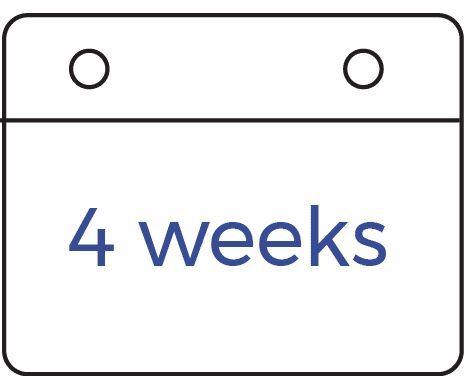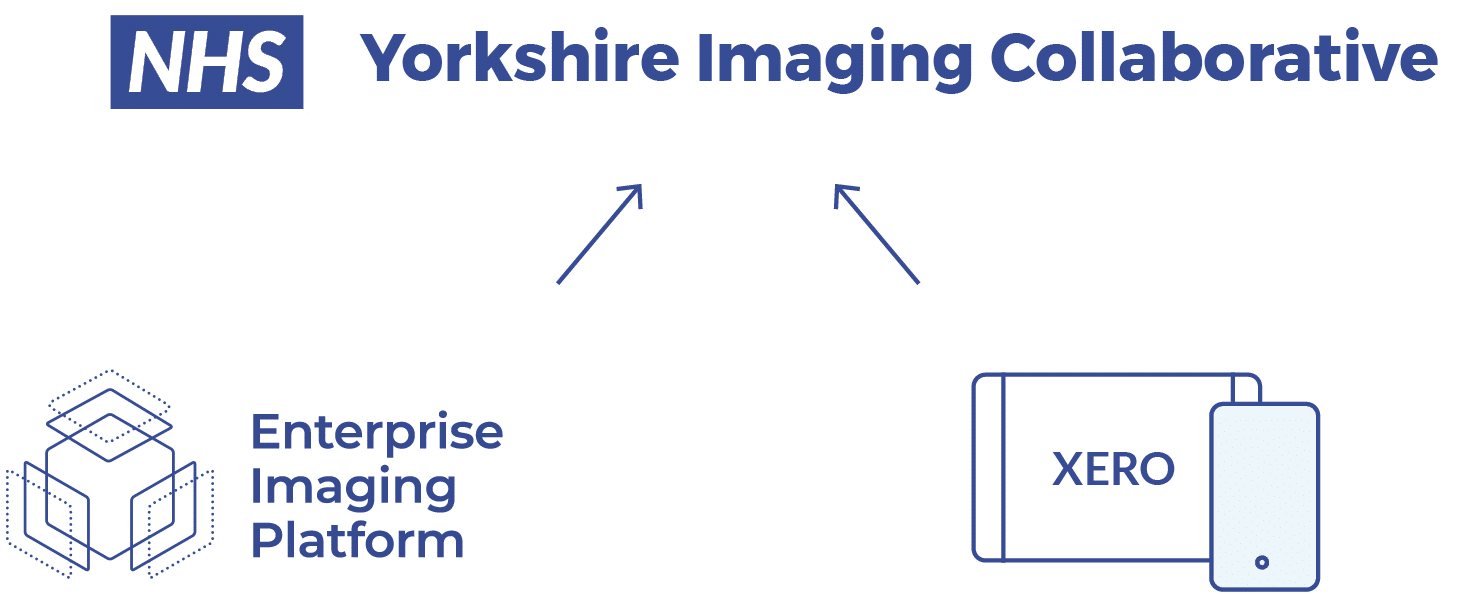Customer Case Study
Yorkshire Imaging Collaborative

An organization-wide Enterprise Imaging Journey
Regional radiology collaboratives Benefits of intelligent networking
Dr Daniel Fascia is the Clinical Lead for the Yorkshire Imaging Collaborative (YIC) project, an eight-site group of NHS Hospitals whose ambition was to ensure that every patient in Yorkshire could attend an appointment and have full availability of their medical images and associated reports at the point of care.
The YIC went out to tender in 2017, and after a competitive process, the final contracts were signed with AGFA HealthCare to implement its Enterprise Imaging (EI) solution and XERO® Universal Viewer, collectively known as XERO® Exchange Network (XEN). In 2020, the YIC began to connect the XERO® Image Viewer at each site to form the XEN across the Trusts.

Clinical Lead

The network was live within 4 weeks, and enabled the connected hospitals, which collectively cover a patient population of over 3 million, to diagnose patients who are transferred between sites at a much quicker rate than was previously possible.
Dr Fascia holds many roles within the clinical community. He is the Director of Radiology at the NHS Nightingale Yorkshire and a Consultant Musculoskeletal Radiologist at Harrogate & District NHS Foundation Trust.
As Chair of the Radiology Informatics committee at the Royal College of Radiologists (RCR), Dr Fascia has extensive experience in radiology practices and technologies and has been in post as the Clinical Lead for Transformation at the Yorkshire Imaging Collaborative since 2017.
This role holds responsibility for the inauguration and leadership of the YIC transformation programme to create a single unified radiology image and report sharing network across central Yorkshire.

The Yorkshire Imaging Collaborative (YIC) is a combined technology and business transformation project which unified radiology imaging and report-sharing between 8 NHS trusts across Yorkshire, including the recently established NHS Nightingale Hospital Yorkshire and the Humber.
What was the biggest hurdle in implementing a multi-site project of this size?
The biggest hurdle is less to do with technology, and more to do with the difficulties of the transformation – getting Trust teams philosophically on board. During the earlier stages, many of the team agreed that the collaborative approach is a great idea, however when it comes to deploying the very concept we’ve discussed, there is resistance from the same group. This emphasises that any source of change – positive or negative – is disruptive for human beings. Change needs nurturing carefully, and as a Collaborative, we needed to be sure to manage this diligently.
How did you mitigate these challenges?
The Collaborative adopted a specific approach to support a gentle transformation – a franchise model. This entailed lots of meetings, brainstorming, inviting opinions and reviewing how a change could be implemented. The project board would converge, discuss, and finish the meeting by concluding what we have decided. This way, any decisions and associated actions will not be a surprise, as each franchise holder had a contribution to the conclusion. Generally, when you explain the concept to the project stakeholders, provide them a background of why a change is needed, and help them to understand how it will improve patient care, improve data accuracy, speed up working and running of meetings, they seem to be on board. This is because they gain an understanding of how it matters, and why it is important to them, the Trust, and our patients.

The Collaborative had the XERO® Exchange Network (XEN) deployed within the Enterprise Imaging platform. Can you give me an overview of the clinical benefits of a united radiology imaging and report-sharing solution?
The solution provided us with an index of all medical imaging for the region, along with the relevant reports, so that healthcare professionals could search by the patient’s NHS number, find their record and view current and prior images across other sites; essentially having the full imaging record available. Reviewing this wider scope of information is an essential part of writing a good radiological report – it reduces administrative questions, enables concise comparisons and allows more certainty. This helps us achieve a gold standard of care.
In addition, as clinicians started to work more remotely due to the pandemic, this exchange of information was a huge benefit. The interruptions of Covid-19 also meant that we were having to ask patients to be scanned in other hospitals – other than what was routine, and yet we still had to review the results. XEN supported this change in working. We experienced an adoption curve, which was combined with the general disturbance of clinical tasks during Covid-19, but the group soon realised the key feature of seeing images from everywhere and understood that it was a big game changer.
“The Project Board wanted one key outcome for the Collaborative – that every patient’s full set of images, and the associated reports, would be available at point of care. XEN allowed us to do that.”
Dr Daniel Fascia
Clinical Lead
How did these clinical realisations equate to benefit to the patient?
The ability to receive remote care. As an example, a patient can receive a scan in one of the peripheral hospitals, and yet his/her clinician at Leeds Teaching Hospital can still review it as simply as if the study was performed in Leeds. This flexibility for the patient was paramount, especially during the pandemic when travelling was compromised and larger hospitals were already under significant strain with managing the surges in admissions and wanting to reduce the number of visitors to site.
What is your overall experience of the Enterprise Imaging concept within a Collaborative project?
Enterprise Imaging has been a very successful PACs replacement across our Imaging departments. It’s a very modern piece of software which has a higher emphasis on workflow and built-in image viewing capabilities. The YIC found it to be an incredible productivity upgrade.
As a Collaborative, XERO® Exchange Network allows Yorkshire NHS Trusts to collectively access radiology reports and view all images – across our entire region, completing the clinical history and helping us to write a more accurate report. As a Radiologist, EI helps achieve that gold standard and is what makes a difference, to us and patients, on a daily basis.


AGFA HealthCare
Enterprise Imaging (EI)
Enterprise Imaging is an imagingcplatform which provides Trusts with a unified PACS, complete with clinical tools, reporting functionality and a powerful workflow engine to maximise productivity.

AGFA HealthCare
Enterprise Imaging (EI)
Enterprise Imaging is an imagingcplatform which provides Trusts with a unified PACS, complete with clinical tools, reporting functionality and a powerful workflow engine to maximise productivity.
